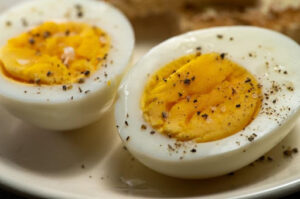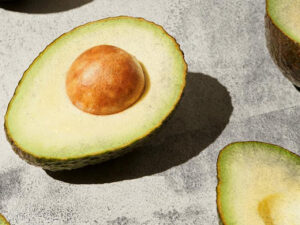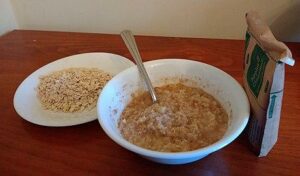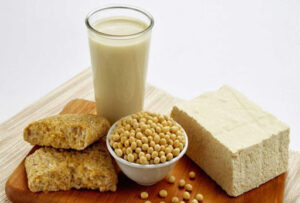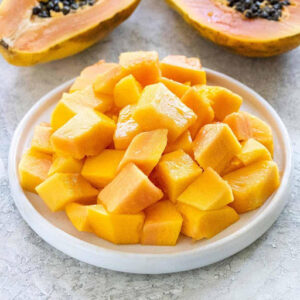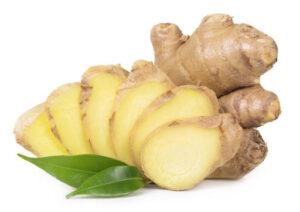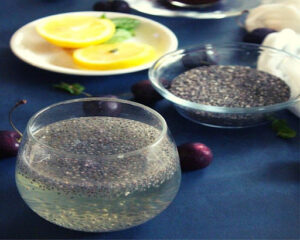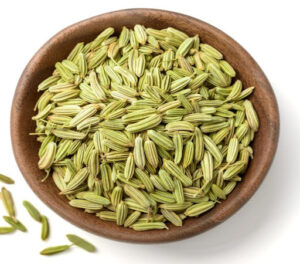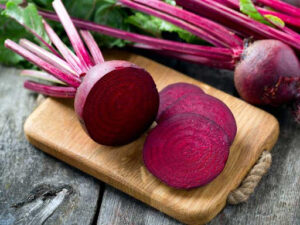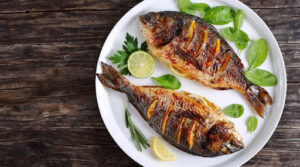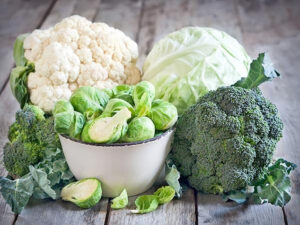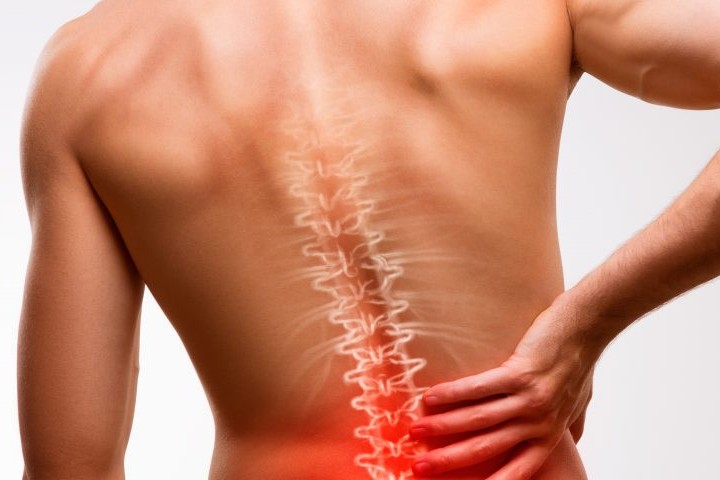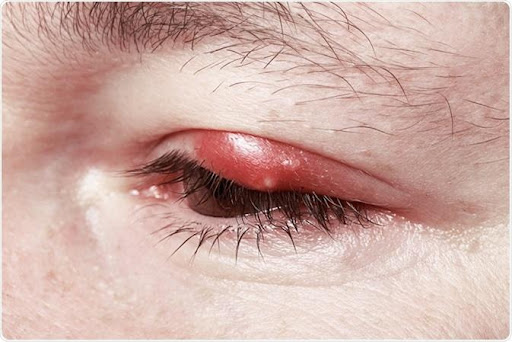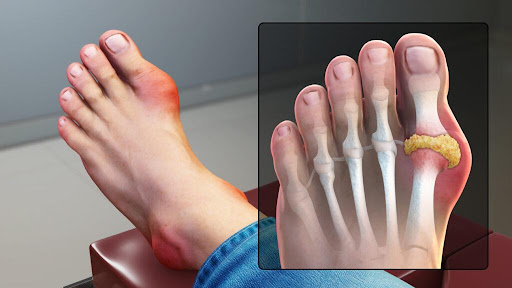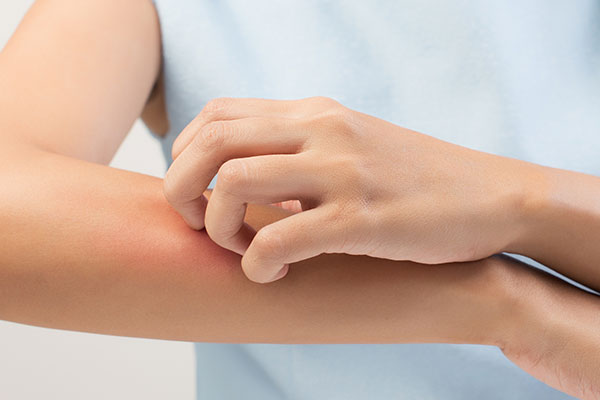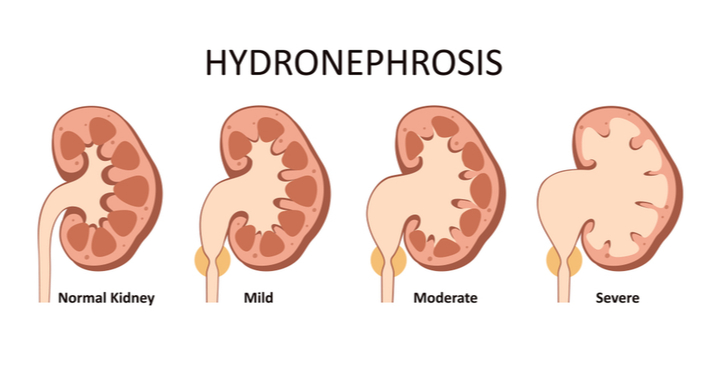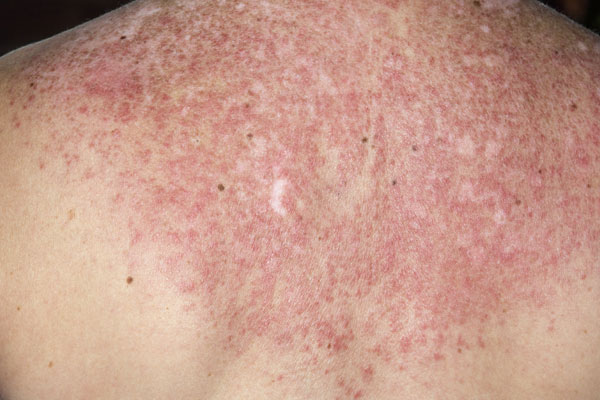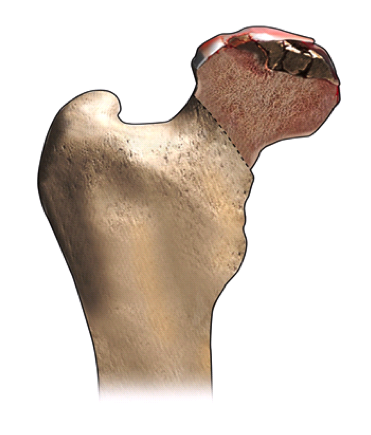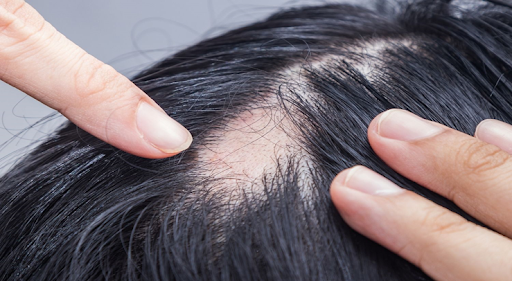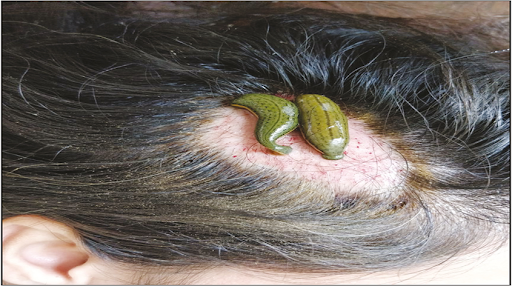DESCRIPTION
- Mood swing is a sudden or extreme change of mind. That is, when the mind suddenly goes from moments of happiness and enthusiasm to extreme sadness or depression or any other emotion, then that state is called mood swing. In some cases, mood changes are reactions to your environment or situations. But in other cases it can also happen for no apparent reason.
- According to experts, this is a type of ‘biological disorder’, to deal with which the person needs family and friends etc. However, in most cases, the problem of mood swings is now treatable and can be cured with medicine. But despite all this, we should not take it lightly.
SYMPTOMS
The symptoms of mood swings vary in different situations. Apart from mood swings, you may see many other psychological symptoms in yourself. If you see these symptoms, see a doctor immediately
- Unnecessarily sad,
- Lack of desire,
- Lack of confidence,
- Excessive hunger,
- Irregular menstruation,
- Shortness of breath etc.
- Feeling restless, irritable
- Feeling sad all the time
- Changes in mood, behavior, or personality
- Forgetfulness or confusion
- Having trouble concentrating on something
- Difficulty thinking, speaking, writing or reading
- Lack of energy in the body, feeling tired all the time
- Loss of confidence and desire to work
- More or less hunger
- Sleeplessness, insomnia.
CAUSES OF MOOD SWINGS
sometimes mental health conditions can also be the reason for mood swings. Due to this also serious changes in mood can be seen. These are known as mood disorders. It also has different types.
if you have bipolar disorder, you may be either completely happy or downright sad. But the mood swings associated with bipolar disorder usually occur only a few times a year. The same happens in rapid-cycling bipolar disorder.
Cyclothymic disorder or cyclothymia is similar to bipolar disorder. This too is just a mild, normal mood swing. In this too, people’s emotions go up and down, but this problem is less serious than bipolar disorder.
Major depressive disorder, MDD
People suffering from MDD live in depression for a long time. MDD is sometimes called clinical depression. In this situation, a doctor should be consulted immediately.
Dysthymia is also a type of depression but it has serious problems. It is now called persistent depressive disorder (PPD) which is a severe form of depression.
Personality disorder sometimes proves to be very dangerous. There are rapid mood swings in a short period of time.
Disruptive mood deregulation disorder, DMDD
The effect of DMDD is generally observed only in children. Growth is very slow in the growing age children suffering from this. Also, these children become more irritable than necessary.
Mood swings can also occur due to changing age and changes in hormones. Youths and women who are pregnant or going through menopause experience mood swings due to hormonal changes associated with this stage of their body’s development. Sometimes anxiety also occurs due to this.
METHOD TO PREVENT MOOD SWINGS
Experts say that there is a type of ‘biological disorder’, to deal with which the person needs family and friends etc. By adopting these measures, you can avoid mood swings.
- Have a good sleep
- Avoid negativity
- Drink plenty of water
- Exercise
- Get fresh air everyday
- Have a healthy diet
- Have a routine lifestyle
- Listen to music
- Keep the atmosphere fragrant
CONSEQUENCES OF MOOD SWINGS
- In practical terms, no one likes a very ‘moody’ person. Because of his ‘Pal Mein Tola, Pal Mein Masha’ behavior, people either avoid him or live with drag. So if any of you are suffering from ‘mood disorder’, then know that you will have to work harder to lead a normal life.
Impact on personal life - People who are prone to frequent mood swings, there is often an atmosphere of tension in their home.
- If any one of the parents is like this, then it has a bad effect on the environment of the house and the children.
- You feel yourself ‘Miss Fit’ in any environment.
- You feel yourself ‘Miss Fit’ in any environment and this feeling bothers you more.
HOW TO HANDLE MOOD SWINGS
It is 100% true that whatever we eat has a direct effect on our health and personality. In a way, we can see ‘Seerat’ by connecting it with our mood. Even though we like fried and spicy food very much, but we cannot deny that such a diet does not contribute much to our health. Therefore, take sugar, carbohydrate, fat etc. in limited quantity in your diet. Consume more magnesium-rich things in food, such as bananas. Also, increase the amount of vitamin C in the diet, vitamin C provides energy to the body and an energetic person is naturally happy.
Make daily exercise a part of your life if there is a problem of poor mood. Exercise increases the secretion of endorphin hormones in the body. This hormone not only corrects the mood, plus it also brings good sleep and when there is 8 hours of restful sleep, then the mood will be cured on its own. Why isn’t it a cool idea!
There is a saying ‘bin paani sab sun’. So the matter is such that half the diseases do not come to a person who drinks water without thirst! Because water not only quenches our thirst, but also cleans our body from inside. When the mind is very bad, or you are not feeling well, then take a bath for some time with hot or cold water according to the weather, you will feel better immediately. Apart from this, make shikanji and drink it with ease with each sip. Shikanji is considered a ‘mood twister’ anyway. By this the mind will also be calm and the body will get energy, so different!
If exercise is effective in improving mood, then good music magician! When the mind is unnecessarily sad, then good music works to ‘lift the mood’. But if you are also fond of dancing then ‘To Sone Pe Suhaga’. When dancing is done without any specific dance steps, isn’t it? Till sweating, till exhausting myself, till breathlessness… there is nothing lighter and better than that feeling.
We all know that a good smell not only removes fatigue but also acts as a ‘mood upliftment’. So whenever you feel dull, sprinkle room freshener in the house. Decorate the vase with fresh aromatic flowers. This idea may sound strange to hear, but a good smell or fragrance works to calm our disturbed mind, due to which we suddenly start feeling good.
Although someone has rightly said, ‘There is a lot of juice in condemnation’, but when one’s own mood is not right, then one should stay away from such people and their ‘negative vibes’. Because getting confused means getting yourself into trouble. Instead, choose people who can make you laugh, make you happy, who have the habit of seeing your good, not your shortcomings. You know, living among happy people will not only make you happy, but will also keep your self-confidence.



